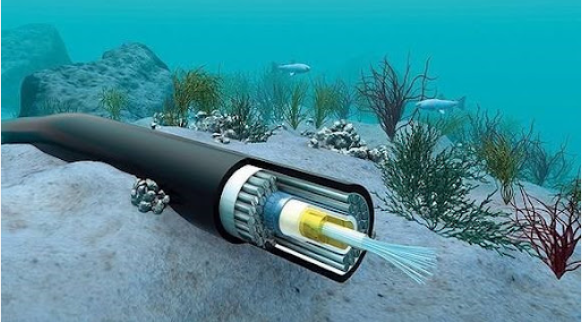
What is attenuation Loss?
Fiber Optic ADSS Cables
Key Points About Attenuation Loss:
Causes of Attenuation:
- Distance: The longer the signal travels, the more it loses strength.
- Material Properties: Different materials absorb and scatter energy differently, leading to more or less attenuation.
- Signal Frequency: Higher frequency signals often experience more attenuation.
- Impedance Mismatch: When a signal passes through materials with different impedance, it can reflect and lose energy.
Types of Attenuation Loss:
- Optical Attenuation: In fiber-optic cables, attenuation occurs due to absorption (energy loss as light is absorbed by the fiber material) and scattering (light signal spread out and weakening).
- Electrical Attenuation: In copper cables, attenuation happens due to the resistance of the metal, which converts some of the signal energy into heat.
- Atmospheric Attenuation: In wireless communication, signals can be weakened by factors like weather, obstacles, and distance.
Impact on Communication:
- Reduced Signal Quality: High attenuation can lead to a weaker signal at the receiver, causing errors or data loss.
- Need for Amplification: To counteract attenuation, repeaters or amplifiers may be used to boost the signal strength over long distances.
Minimizing Attenuation:
- Use of High-Quality Materials: Better materials with lower inherent loss can reduce attenuation.
- Shorter Cable Runs: Keeping cable lengths shorter can minimize attenuation.
- Proper Installation: Ensuring that cables are properly connected and not damaged can reduce attenuation.
Total Visitors
1642
1642
Countries
0
0
Users
746
746
Products
172
172

